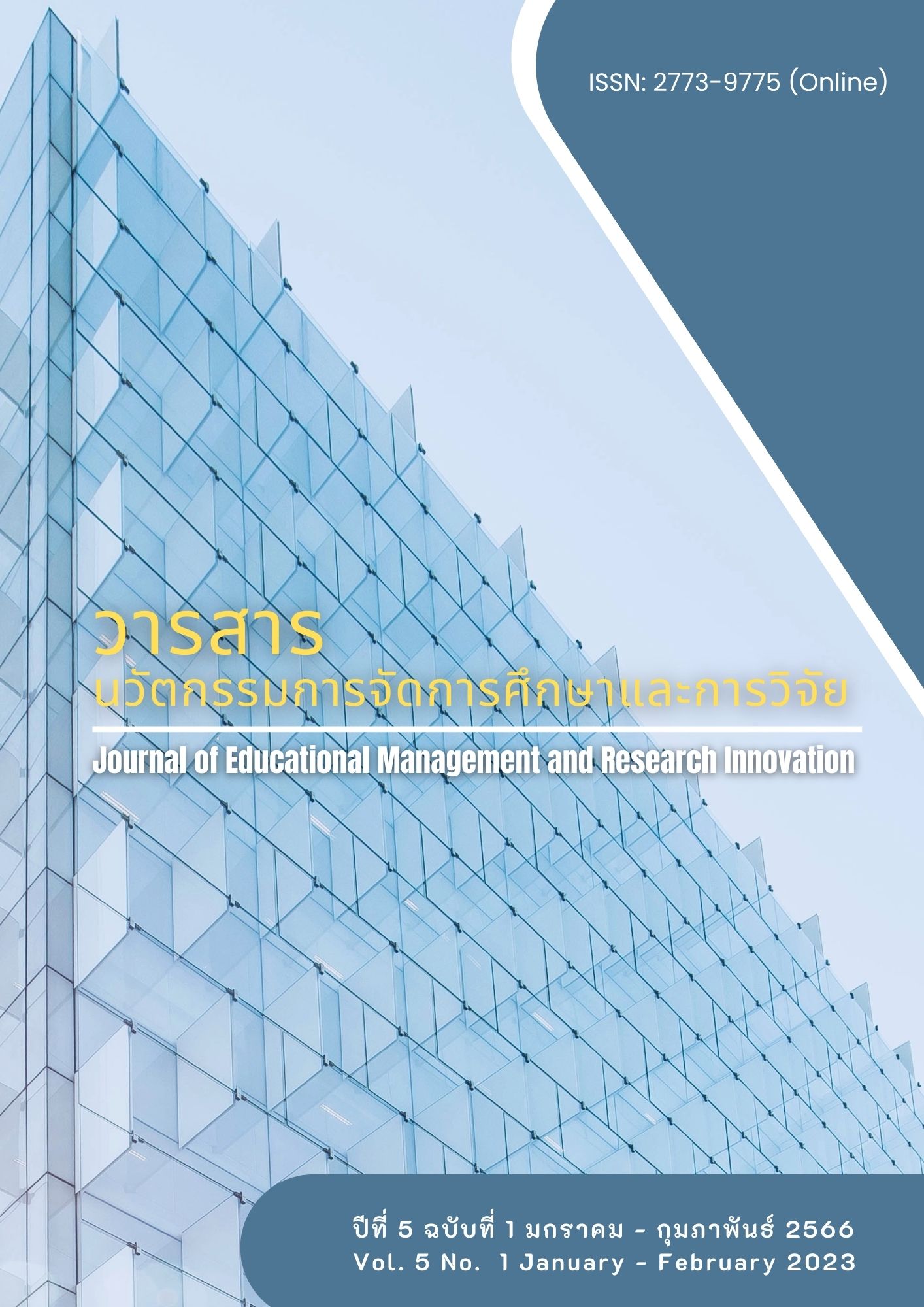The Formulation of Model for Enhancing Oral Linguistic Performance of Teaching English Major Students of Mahachulalongkornrajavidyalaya University, Phrae Campus
Main Article Content
บทคัดย่อ
The objectives of this study were to investigate their problems and needs concerning oral linguistic performance, to formulate model for improving their oral linguistic performance and study its efficiency, and to study model’s effectiveness by comparing oral pre-test and post-test score after model implementation. This mixed-method research was conducted with 2 groups of participants, selected by purposive sampling method. The first group consisted of 18 Teaching English major students and the second was 14 recent graduates majoring in Teaching English. The research instruments were problem and need assessment questionnaires; model for improving oral linguistic performance; and pre-test and post-test. The data were then analyzed by using both qualitative and quantitative methods.
The results revealed that poor English pronunciation was the most serious problem of the participants. In terms of their needs, they wanted to enhance their English pronunciation and speak English for a long period during their classroom teaching. To develop their oral performance, the model was formulated, consisting of 4 teaching stages: pre-speaking stage, while-speaking stage, post-speaking stage, and extension practice. The lessons based on the formulated model were also constructed, consisting of 3 units. After the model implementation, the mean scores of the post-test scores (15.28) are significantly higher than the pre-test scores (10.11) at a significant level of 0.05. The average score of all lessons was 72.35/75.87, which was higher than 70/70 standardized criteria. It means that the oral linguistic performance of the participants was improved after the model application.
Article Details

อนุญาตภายใต้เงื่อนไข Creative Commons Attribution-NonCommercial-NoDerivatives 4.0 International License.
เอกสารอ้างอิง
Anuradha, R.V. et al. (2014). Methods of Teaching English. Hyderabad: Neelkamal Publications.
Brown, D. F. (2004). Urban Teachers’ Professed Classroom Management Strategies: Reflections of Culturally Responsive Teaching. Urban Education, 39(3), 266-289.
Bygate, M., & Samuda, V. (2005). Integrative Planning through the Use of Task Repetition. Virginia: Lancaster University Press.
Canale, M. (1983). From Communicative Competence to Language Pedagogy. London: Longman.
Dinçer, A., & Yeşilyurt, S. (2013). Pre-Service English Teachers’ Beliefs on Speaking Skill based on Motivational Orientations. English Language Teaching, 6(7), 88-95.
Fromkin, V. A., & Rice, D. L. (1969). An Interactive Phonological Rule Testing System. International Conference on Computational Linguistics, 53, 19-69.
Gashan, A., & Almohaisen, F. M. (2014). The Effect of Task Repetition on Fluency and Accuracy of EFL Saudi Female Learners' Oral Performance. Advances in Language and Literary Studies, 5(3), 36-41.
Hamouda, A. (2013). An Exploration of Causes of Saudi Students’ Reluctance to Participate in the English Language Classroom. International Journal of English Language Education, 1(1), 17-34.
Harmer, J. (1991). The Practice of English Language Teaching. Essex: Longman.
He, D. (2013). What Makes Learners Anxious while Speaking English: A Comparative Study of the Perceptions Held by University Students and Teachers in China. Educational Studies, 3(39), 338-350.
Housen, A., & Folkert Kuiken. (2009). Complexity, Accuracy, and Fluency in Second Language Acquisition. Applied Linguistics, 30(4), 461-473.
Jaca, C. L. & Felino, B. J. (2020). Oral Communication Needs of Pre-Service Teachers in Practice Teaching. Randwick International of Education and Linguistics Science Journal, 1(1), 67-73.
Juhana. (2012). Psychological Factors That Hinder Students from Speaking in English Class (A Case Study in a Senior High School in South Tangerang, Banten, Indonesia). Journal of Education and Practice, 3(12), 100-110.
Kala, N., & Parilah, S. (2020). Non-Linguistic Challenges Faced by Malaysian Students in Enhancing Speaking Skills. Creative Education, 11(10), 198-210.
Katamba, F. (1989). An introduction to phonology. London: Longman.
Kormos, J., & Dénes, M. (2004). Exploring Measures and Perceptions of Fluency in the Speech of Second Language Learners. System, 32(2), 145-164.
Lass, R. (1998). Phonology: An Introduction to Basic Concepts. Cambridge: Cambridge University Press.
Low, E.L. (2021). Pronunciation Research and Practice: Issues, Challenges, and Future Directions. RELC Journal, 52(1), 22-34.
Noom-Ura, S. (2013). English-Teaching Problems in Thailand and Thai Teachers' Professional Development Needs. English Language Teaching, 6(11), 139-147.
Patthamawadee N., & Bhornsawan, I. (2017). English Consonant Pronunciation Problems of EFL Students: A Survey of EFL Students at Mae Fah Luang University. the 6th Burapha University International Conference, 185-197.
Permata, A. et al. (1972). Investigating the Effect of 4/3/2 Technique Toward Students’ Speaking Ability. Advances in Social Science Education and Humanities Research, 411, 297-301.
Rabiah, S. (2018, November 19). Language as a Tool for Communication and Cultural Reality Discloser. https://doi.org/10.31227/osf.io/nw94m
Richards, J. C. & Theodore, R. (1992). Approaches and Methods in Language Teaching. Cambridge: Cambridge University Press.
Richards, J. C. (2017). Teaching English through English: Proficiency, Pedagogy and Performance. RELC Journal, 48(1), 7-30.
Richards, J. C., & Renandya, W. A. (2020). Methodology in Language Teaching: An Anthology of Current Practice. Cambridge: Cambridge University Press.
Yusriati, Y., & Hasibuan, S. (2019). The Analysis of English Pronunciation Errors by English Education Students of FKIP UMSU. Journal of English Education and Teaching, 3(2), 230-248.


